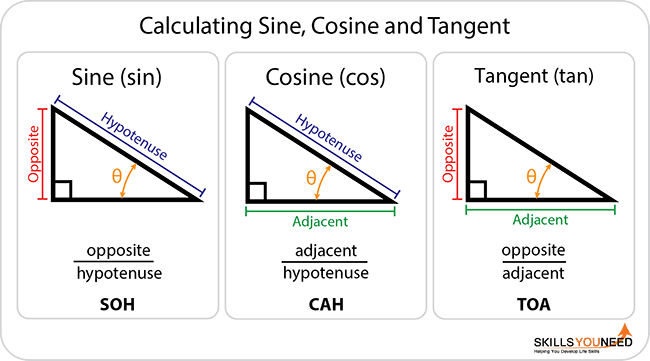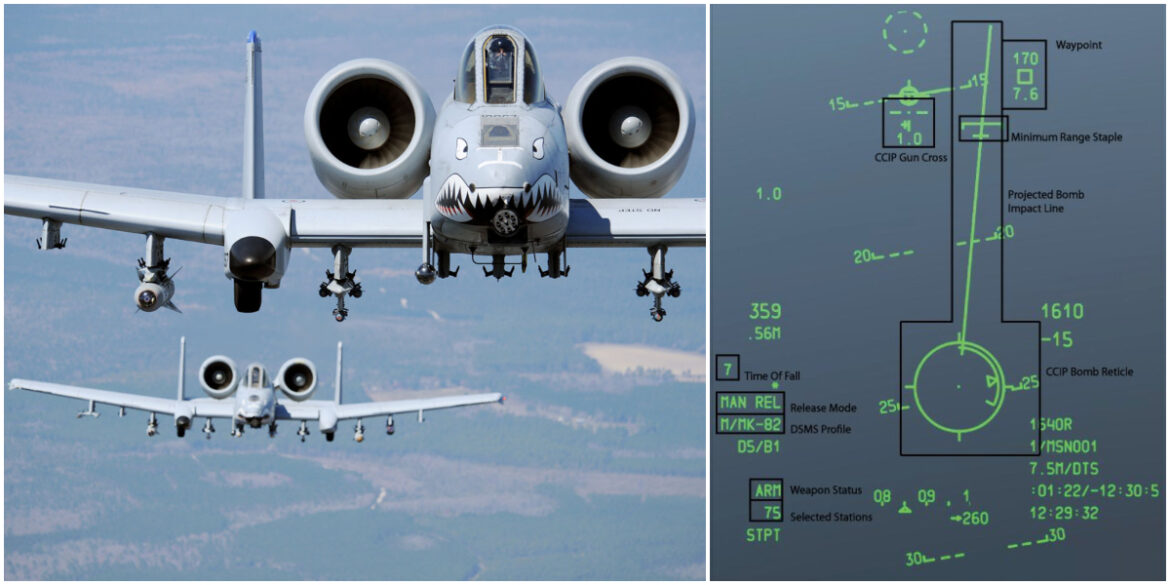Without radar, how does the A-10 Warthog’s CCIP gun/rockets mode calculate range and impact point?
A calculation produced by a weapon’s sighting system is known as a Continually Computed Impact Point (CCIP), which is connected to the Continually Computed Release Point (CCRP). It is a predicted point of impact determined by the movement of the launch platform, the movement of the target, gravity, the launch velocity, the drag of the projectile, and other variables that can be entered. The Head Up Display (HUD) typically shows it.
Without a radar, how does the A-10 Warthog’s CCIP gun/rockets mode determine range and impact point?
‘Trigonometry.
‘That’s what’s behind the fancy green magic that helps you put the thing on the thing and push the thing to make stuff go boom,’ explains Lynn Taylor, former A-10 Warthog pilot, on Quora.

‘The pilot enters the target’s elevation into the CCIP system. This is obtained from either looking at the elevation lines on a map (old school) or from tagging the target with a targeting pod (new school) or from a JTAC (phone a friend).
‘The jet then takes aircraft orientation data, specifically altitude (“Opposite” in the above images) and dive angle (“theta” in the above images), and does some math using “sine” to determine the hypotenuse, or slant range to the target. It also does some math using “tangent” to determine the adjacent, or horizontal distance to the target.
‘Note that determining the length of “opposite” doesn’t really care about the elevation below the jet. It only cares about your elevation relative to the target. Your target can be in a valley and the system doesn’t care if you’re flying over a mountain ridge or the ocean when you send your weapon on its merry way.
‘The system also makes some adjustments based on what it knows about the weapon ballistics (rockets, bombs, The Gun, etc.) and how the weapon will be affected by the aircraft’s speed. There are also some adjustments based on the system’s best guess of what the wind is doing between the jet and the ground, extrapolated from whatever wind the jet is experiencing at the moment.
‘That all combines into a handy visual presentation on the heads-up display (HUD) that helps the pilot put the jet in the right place to get the weapons to their intended receiver. The little pipper in the center of the circle indicates where the weapon is expected to impact if you hit the pickle button at that precise moment, assuming the elevation is correct in the system.’

Taylor concludes;
‘It’s a pretty snazzy system and has proven quite effective over the years.
‘BRRRRRRRTTTTTTTT!!!!’
Photo by: U.S. Air Force, Trig stuff from SkillsYouNeed.com and wiki.hoggitworld.com

